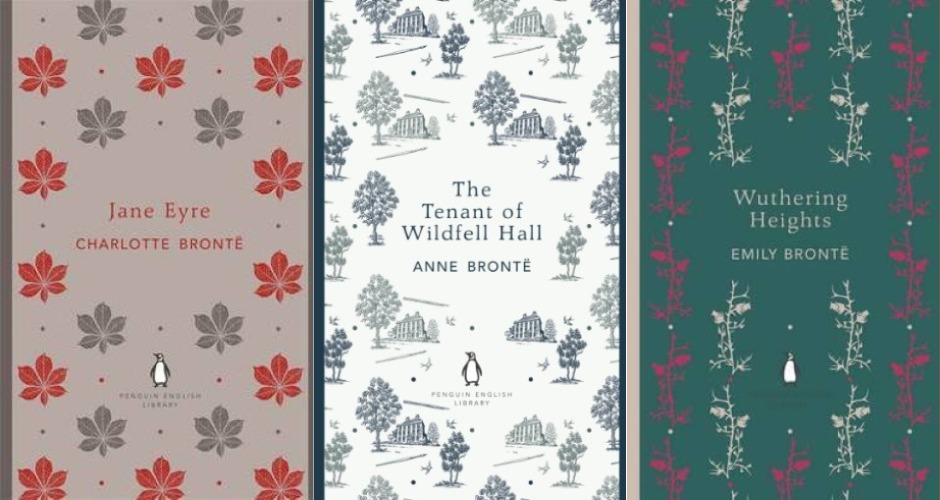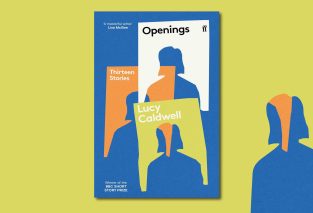
Between 2016-2020, there have been three bicentenaries celebrating the lives of the Brontë sisters, Emily, Charlotte, and Anne. Even if you don’t recognise their names it is unlikely that you wouldn’t know of their works. In the mid-Victorian period they published Wuthering Heights, Jane Eyre, and The Tenant of Wildfell Hall, some of the most famous novels from this period of history. As 2020 is the last of these bicentenaries I thought it would be the perfect time to reminisce about their novels.
The first Brontë novel that I read, as a teenager, was Wuthering Heights. It isn’t the easiest book to understand, with complicated storylines, multiple characters sharing names, and a character with an incredibly thick Yorkshire accent that is written out phonetically on the page. However, the appeal of the gothic atmosphere and immorality of many of the characters makes it a captivating story. The raw power of Emily Brontë’s writing pulls the reader into a world of chaotic love and cold revenge.
Anne Brontë, on the other hand, is more focused on the morality of her characters and the agony they must endure to reach their happy ending. In her first novel, Agnes Grey, she presents the plight of the put-upon governess and the limits of careers for women. Her more famous novel, The Tenant of Wildfell Hall, is a far more brutal take on women’s rights during the Victorian period. The abuse that Helen Graham suffers at the hands of the men in her life highlights the lack of choice that these women had in the eyes of the law.

Charlotte Brontë, who managed to outlive her sisters by a few years, has a slightly wider variety to her literature. Her best-known work, Jane Eyre, is one of those novels that has inspired not only countless adaptations for film and theatre, but even more impressively other famous novels. Jane Eyre is a novel that both Jean Rhys and Daphne Du Maurier, two famous novelists of the modernists period, made use of in their own most famous works, Rhys’ Wide Sargasso Sea and Du Maurier’s Rebecca. The haunting story of the mad woman in the attic and the dark, brooding male love interest has echoed in many novels across the decades. The strength of Jane Eyre’s character charms the reader to cheer for her happiness and success in a harsh patriarchal world.
Of course, Charlotte’s other novels are just as good. Her last written work, Villette, is as powerful as Jane Eyre in plot, if not as famous. Lucy Snow, like Jane Eyre, is an orphan cast out on the world, but where Jane is all fire and spirit, Lucy is patient and calm. Set in a fictionalised Brussels, there is much to delight in this world of European culture. It is a novel that has blossomed in the maturity of its author’s writing. The Brontë sisters aren’t merely Victorian female writers, they are some of the most outspoken female voices in literature. In Anne and Charlotte’s literature, the woman’s voice is central to the story, and for once centre stage, while Emily’s novel abandons convention for a gripping narrative that defies Victorian society. If you haven’t read a Brontë novel yet, then maybe this is the time to do it!






Recent Comments